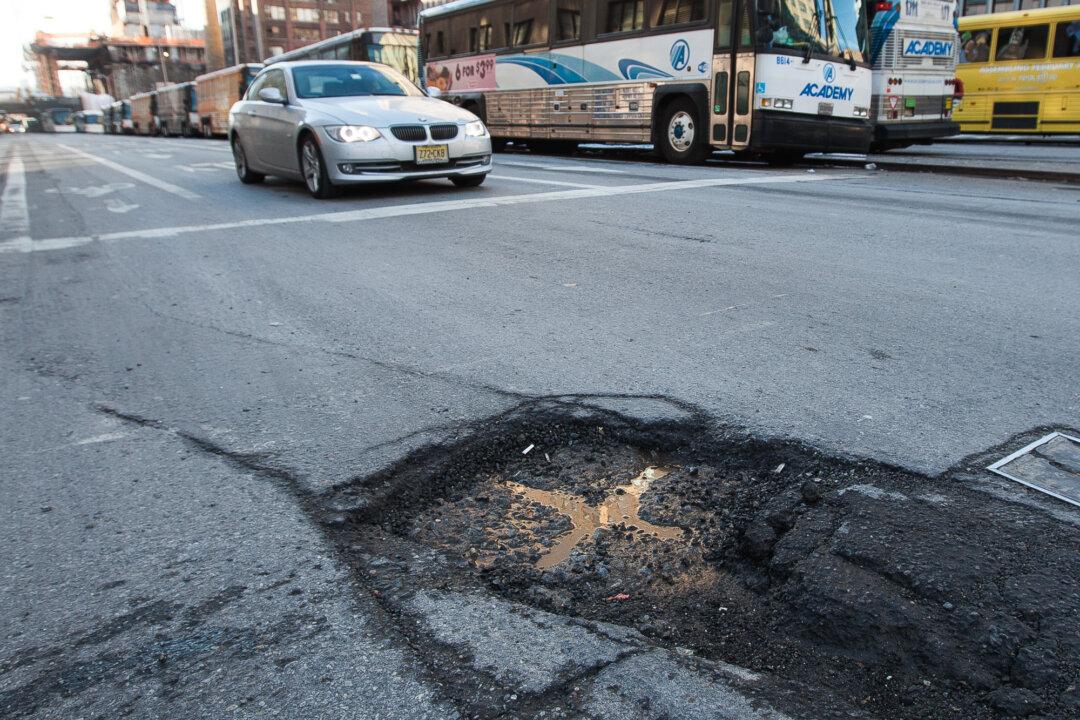Of all the minor annoyances in life, potholes on a deteriorating road can be one of the worst. Besides giving the driver an unceremonious jolt, potholes can cause paint damage to your car if you’re lucky, and puncture a tire, take a toll on your shocks and suspension, or mess with your steering alignment, if you’re unlucky. You might even get trapped in one if it’s big enough.
According to the American Automobile Association, potholes cost Americans $6.4 billion in 2013.
Last week, Google patented a system that could allow drivers to avoid potholes not by learning what roads to avoid by experience, but by linking their GPSs to a central database of where all the potholes are located.
Google would assign ratings to various roads in a database so drivers would know just how common potholes are on a given route.





